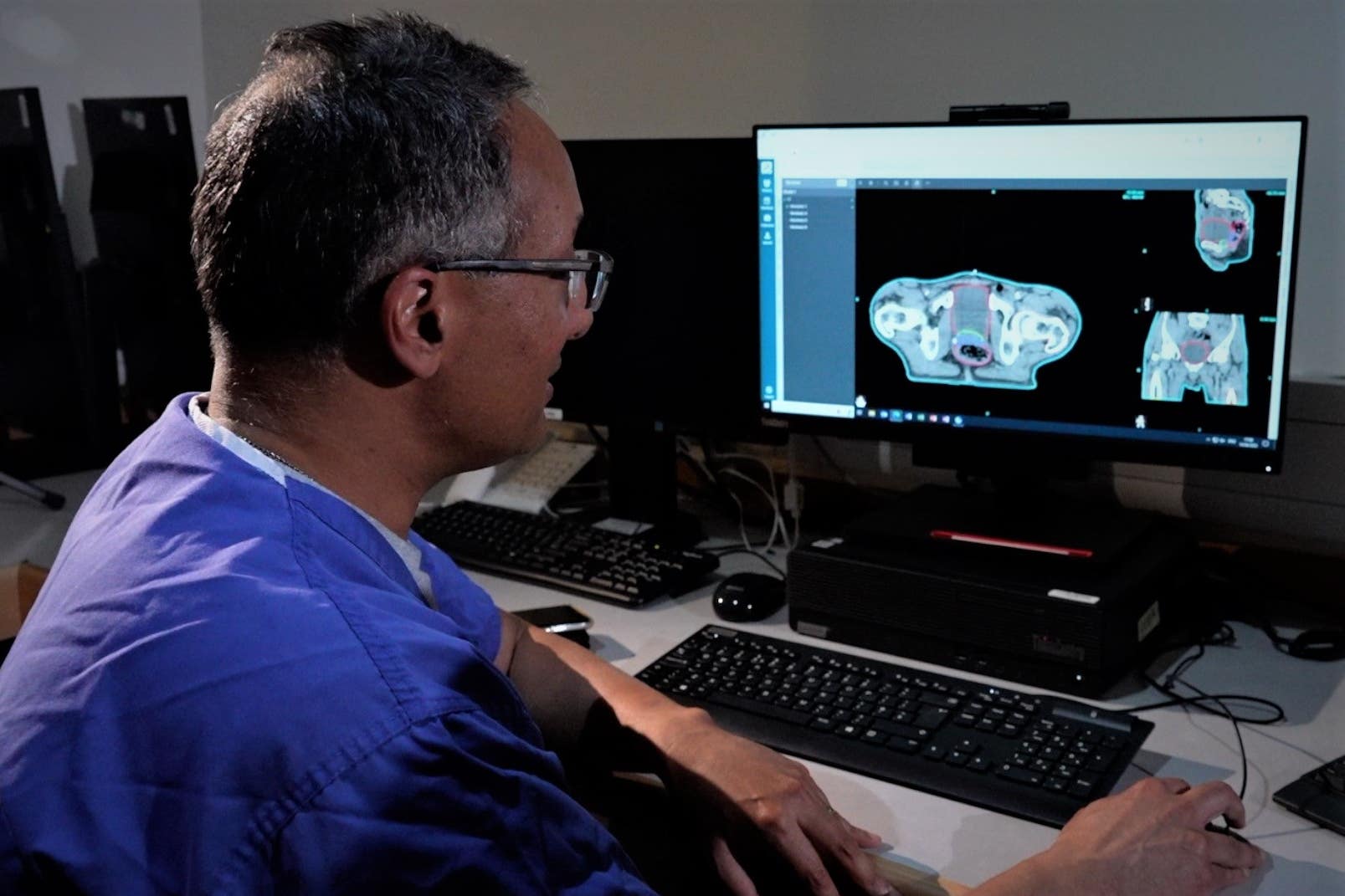AI could be used to treat more cancers after freeing up radiologists’ time
Osairis was developed using a £500,000 grant from NHS AI Lab.

Your support helps us to tell the story
From reproductive rights to climate change to Big Tech, The Independent is on the ground when the story is developing. Whether it's investigating the financials of Elon Musk's pro-Trump PAC or producing our latest documentary, 'The A Word', which shines a light on the American women fighting for reproductive rights, we know how important it is to parse out the facts from the messaging.
At such a critical moment in US history, we need reporters on the ground. Your donation allows us to keep sending journalists to speak to both sides of the story.
The Independent is trusted by Americans across the entire political spectrum. And unlike many other quality news outlets, we choose not to lock Americans out of our reporting and analysis with paywalls. We believe quality journalism should be available to everyone, paid for by those who can afford it.
Your support makes all the difference.Artificial intelligence (AI) could be used in the treatment of more cancers after a study by a hospital developing and using the technology found it was helping to free up radiologists’ time.
Osairis was created by a team led by Dr Raj Jena, an oncologist at Cambridge University Hospitals NHS Foundation Trust, using a £500,000 grant from NHS AI Lab.
The program is currently being used in the head and neck cancers and prostrate cancer departments of Addenbrooke’s Hospital in Cambridge.
Dr Jena has been working on a long-term collaboration with Microsoft Research known as Project InnerEye, which is developing machine learning techniques to support medical imaging.
The fact that we have AI finally in the NHS will also open the doors for other kinds of AI technologies to really reduce the burden that’s placed on clinicians, and more importantly, improve patient safety, outcomes, and experiences
The team used open-source software from Project InnerEye on Osairis, along with data from patients who had previously been treated in the hospital and agreed to contribute to the research.
The technology works by cutting the amount of time a doctor needs to spend drawing around healthy organs, a vital step in radiotherapy treatment to ensure healthy tissue is protected.
Dr Jena said: “Osairis does much of the work in the background so that when the doctor sits down to start planning treatment, most of the heavy lifting is done. It is the first cloud-based AI technology to be developed and deployed within the NHS.
“Having carried out 18 months of rigorous testing, we are now able to share this technology safely across the NHS for patient benefit.”
Oncologists in the study checked every scan after Osairis made the outline on healthy organs to ensure safety.
Turing tests also allowed doctors to differentiate between a doctor’s work and the work of AI.
Dr Jena added: “We’ve already started to work on a model that works in the chest, so that will work for lung cancer and breast cancer particularly. And also, from my perspective as a neuro-oncologist, I’m interested that we’re building the brain model as well so that we’ve got something that works for brain tumours too.”
Aditya Nori, general manager of healthcare for Microsoft Research, said: “By combining the power of AI with the world-class clinical expertise of the NHS, we have an amazing opportunity for revolutionising healthcare together, while preserving the human element that is the essence of high-quality and safe care.
“Healthcare offers the possibility not only to have technical impact but also societal impact, so I am really thrilled about this. The fact that we have AI finally in the NHS will also open the doors for other kinds of AI technologies to really reduce the burden that’s placed on clinicians, and more importantly, improve patient safety, outcomes, and experiences.”
On Friday, the Government announced £21 million in funding to help roll out AI more widely in the NHS.
Health and Social Care Secretary Steve Barclay added: “Cutting-edge technology can help us reduce waiting times for cancer patients, free up time for staff so they can focus on patient care, and ultimately save lives – and artificial intelligence is playing an increasingly important role.”